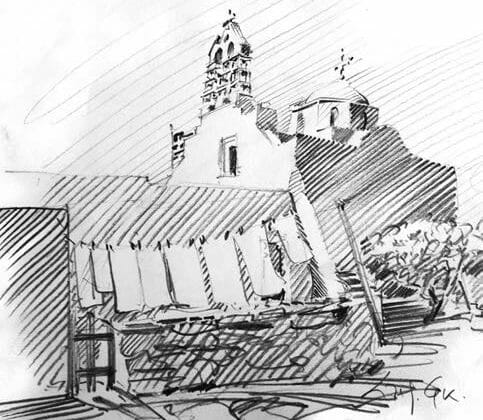
In the fourth and last chapter, we continue, dear reader, with the presentation of the monasteries of our beloved island. After the monastic sites near Parikia, we continue with those of Naoussa and Lefkes. Marmara and Aggeria will follow. We recall that the first chapter concerned the symbols and traditions of Orthodoxy, second chapter the presentation of monastic life and the three others the monasteries themselves. These five chapters constitute an indivisible entity which is at your disposal on request.
Text : Evangelos Valantasis
Drawings : Stelios Ghikas
Near Naoussa
The monastery of Agios Georgios in Meravigli, Naoussa
The monastery is located above the city of Naoussa. Merovigli means “a point of view” and it was a very convenient place where residents could see the enemy from afar and control those who came and those who left. This post is a first class observatory.
It is for this reason that the local bishop of Naoussa decided to build the monastery on September 18, 1652. The term “bishop” means exactly who “supervises” and directs the lives of others. The local bishop oversaw the community and so he had to stay in a suitable place from where he could monitor everything from his observatory.
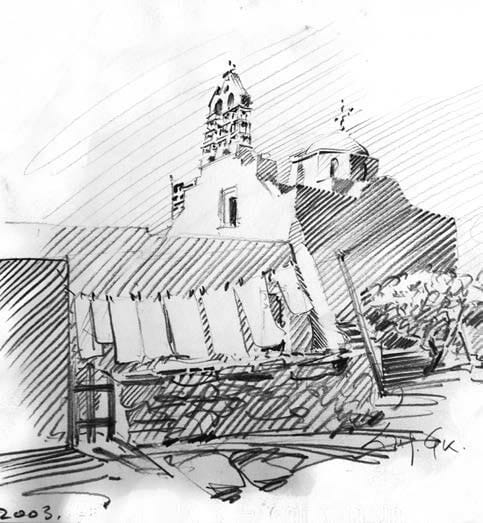
Why a bishop with such social, political and religious duties for a community wanted to build a monastery? In the orthodox tradition, the bishop is not married. A young student is therefore called upon to decide very early on whether he should marry and become a deacon or priest, or whether he will remain single and therefore fit for the highest rank of the bishop. Unmarried clergy live like monks and usually the bishop places them in a monastery where they must be trained in ascetic life. Bishops are usually connected to a monastery. But when the Patriarch places a bishop in a region like Naoussa, he has to leave his monastery and assume religious and political functions. This is how Bishop Timothy from Naoussa decided to build a small monastery where he could stay away from the bustling life of the city. A place of prayer and peace, with a view that allowed him to see everything from a distance without being involved. This proved very useful in 1699, when he ceased to be bishop of the city and became the first abbot of this small monastery.
The chapel of 1652 should have been a very simple building, because it had to be renovated in 1735 by Father Agapitos Metaxas, who did an extraordinary job. Under the fresco of Christ is the scene of the sin of Adam and Eve, with their persecution of the paradise of God – something that certainly does not represent the monks who lived here in this little paradise!
The hagiography of the church dates mainly from the seventeenth century. The icons are distinguished by their beauty and especially those of Saint George and Saint Athanasios of Alexandria (right, on a high door).
Looking up at the edges of the walls of the chapel, you will see small cavities in the arches. These played the role of sound amplification. They look like holes, but in reality they are the mouths of ceramic pots designed to enhance the sound. Located all over the temple, these little acoustic jars have made it possible to adjust the sound level of the psalms, much like the potentiometers of an audio system!
Near Lefkes
The Byzantine trail from Lefkes to Prodromos
The best preserved part of the Byzantine trail of the island is the one which starts from Lefkes, crosses the valley, climbs the mountain and descends to Prodromos. If you go to the small square in the village center of Lefkes, to the right of the cafe, there is an alley that leads you to the Byzantine trail. This walk is worth doing in both directions: Descend to Prodromos (about an hour) and return to Lefkes (about an hour and a half because of the climb). It is a peaceful walk in the most beautiful traditional villages of the island, Prodromos.
This part of the Byzantine trail probably served in ancient times for sheep and goats to graze and to cultivate the valley with beautiful terraces to collect olives, grapes and figs. For a long time it was the only way to get to these two villages, on foot or on the backs of donkeys. But in the seventeenth century, the inhabitants of the island paved the road and laid out a flat stones where they could carry rich crops by carts.

When you start walking on the path, you will see windmills lined up at the top of the mountain above Lefkes. These gave the farmers wind energy. Imagine the stunning beauty – white with a deep blue sky background, gracefully turning in the wind. And the farmers below walk around their donkeys and their carts. If you have ever looked at the paintings showing the old farmers in the books or on the walls of the cafe, the scene will be even more realistic. At the bottom of the valley, where the winter rains formed small rivers and ravines, they built a bridge. With beautiful proportions, two arches, this bridge allows people to go over the holy water, so necessary to life on the island. The stones of the street in many shades of brown and beige and white, placed in perfect arrangements, fascinate the eye. From a distance, the bridge looks imposing and robust, but from near it dazzles like a Byzantine mosaic, with large and small stones neatly put side by side to form a work of art.
In every part of your walk, the panorama dazzles you – valleys with terraces, clusters of shimmering olive trees, flowering wild plants, the sky stretching to Naxos, whitewashed villages, sheep with bells hung on the neck that climb on the stone walls and watch you cross. The road crosses all the morphology of the island: mountains, valleys, terraces, streams, valleys, fields and two of its most beautiful villages.
Agia Kyriaki in Linnoudia
Leaving the road above Lefkes and following the dirt road to the magnificent monastery dedicated to Saint Kyriaki, one of the first martyrs of the Church, you will see the beautiful valley that extends under the village and the village itself. A beautiful little monastery appears before you at the foot of a mountain that seems to be suspended on a background of blue sky. You go down a little and just before turning left towards the monastery, if you look carefully to the left, you will see the remains of the Byzantine road. On this ancient road, which still exists in modern times, you are not alone: there are several generations of pilgrims with you.
As you approach the monastery, you will see the outer buildings for sheep and other animals. The white walls of the monastery shine on the bottom of the green mountain. There is a lot of water here, both for the body and for the soul, the divine freshness that gives life.
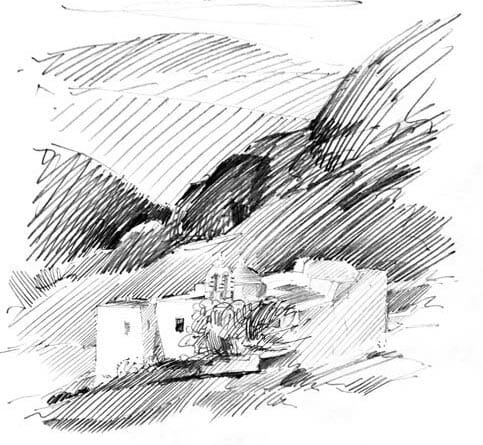
Built in 1665 by Mathieu Ragoussis, the monastery is a family legacy of George Bitsaras, who wrote in his will that the monastery will pass for eternity into the hands of his nephews, who will assume the responsibility before God never to let him to degrade with the passage of time. He also specified that the family should appoint an abbot for his supervision, and if no family member wished to lead an ascetic life, that would be associated with the nearby monastery of St. George Langadas.
The chapel has very harmonious proportions, with the monastic refectory connected to the chapel so that the cook and the monks working in the kitchen can participate in the Liturgy. To the right is a small window that probably led to the treasure, where clothing and sacred ornaments were stored. The pulpit is a delicate construction – the one who went up there reading the gospel risked his life! It is dated 1767 and the name of Konstantinos Vassos is engraved, which means that it was donated by a patron.
Outside the chapel, the enclosure is small. From the refectory, go up the stairs, cross the reserve, go to the kitchen and from there to the cell of the monk who is responsible for the meals. The remaining cells on the upper floor can accommodate six or seven monks in comfortable rooms with windows overlooking rich green surroundings. The monks lived in a simple, humble and graceful environment, conducive to devoting their lives to God.
Agios Minas (near the old quarry)
On the hills above the old quarry of Marathi is the imposing monastery of Agios Minas. Although it is now abandoned and in ruins, Saint-Minas throws sparks from afar, like a fortress crossing the white and transparent marble of the quarry. While browsing the old quarry, you go through not only the place but also the time. Since the old days of the workers were transferred to erect, among others, the Acropolis, the tomb of Napoleon …
Agios Minas is a family monastery built in 1636 by the Isaiah Damas to serve the spiritual quests of his relatives who wanted to save their souls. Many generations of the family have entered the monastery to pray and thus find inner peace. The last descendant of the family, although not a monk, now takes care of the estate to honor the beauty of the place and the tradition of his ancestors. His dedication to the monastery is evident in the chapel, where he carefully preserved some of the paintings and painted the recently restored walls.
As a family monastery, Saint Minas is small. The monastic cells, built inside the outer wall of the fortress, could accommodate four or five monks, as well as the space needed to store, cook, make cheese and wine, welcome guests and, according to one stories of the current guardian, be outraged by the beauty of the landscape and, perhaps, by the women working in the neighbouring fields.
Saint Minas, to which the monastery is dedicated, is a holy warrior. Together with Saint Victor and Saint Vincent gave the noble battle as a soldier of God. His image, which you can see on the iconostasis to the right of the image of Christ, shows his determination and his intense fighting spirit. In fact, all the icons are in the same spirit, even the poor Adam and Eve who are expelled from the Garden of Eden, represented at the bottom of the iconostasis under the holy warrior. As soon as you enter the courtyard and you are in the cool, away from the hot sun, and you look at the beautiful staircase leading to the common areas on the upper floor, you instantly recognize the peace and serenity in each of us.
The Monastery of St. John the Theologian, Lefkes
On the left side of the current road between Kostos and Lefkes, just beyond the ancient grove, you will see the ruins of a magnificent monastery dedicated to St. John the Theologian. Access to the monastery starts from the hairpin of the road and from there you have to walk. Along the way, stop to harvest wild sage used in the kitchen and smell wild herbs. It takes about half an hour to walk between Lefkes and the monastery and it is worth going along the main road. The area around the monastery was called Vigla, because this place was an ideal place for observation, where during the day and night you could see the channel of Naxos and south to Kostos. As the monastery approaches, its usefulness becomes more and more obvious as an outpost. The view extends very far in both directions, including the sea, the valley and the mountains.
The monastery was built in 1656 by the monk Michael Gavalas Kaloplastos. He built the (Catholic) church. Another monk, Gabriel Kaloplastos, built the bell tower in April 1774. Unfortunately, the last monk, Gabriel Kaloplastos, serving as bishop at Lefkes decided, with the permission of the Patriarch of Constantinople, to go to Moldavia in 1788. He so left his monastery and went to Eastern Europe to accompany Nicolas Mavrogenis in the struggle for the creation of the modern Greek state. Since then, the monastery was passed by the Kaloplastou family to the family of Petros Gemeliari coming from Lefkes, to which it belongs since.
The outer wall of the monastery stands as a bastion against all physical and spiritual attacks. The interior, however, betrays abandonment for a long time. During its construction, the monastery had cells for a dozen monks, a large refectory with beautiful arches and vast storage spaces for food and wine. Only vaulted roof sections, such as the church, remain intact. The rest collapses slowly …
The decoration of the iconostasis of the church includes vines and flowers in beautiful green and blue colors. Above the beautiful door, the artist rubbed and painted the inscription “O Ων.” The orthodox painters adopted this expression, which in ancient philosophy means “reality” or “the one that actually exists,” a reference to the nature of God, it generally found at the halo that surrounds Jesus’ head in the icones, illustrating that the doors of the sanctuary are the doors that lead to reality itself.

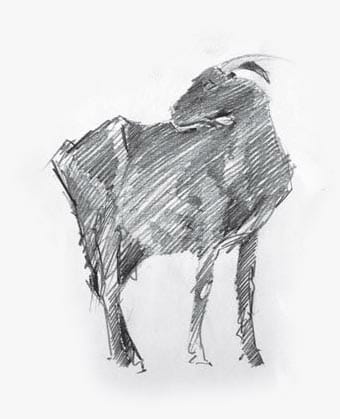
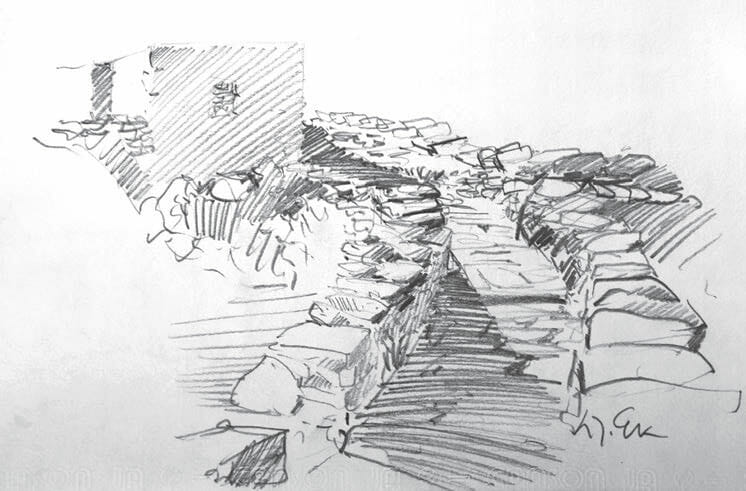
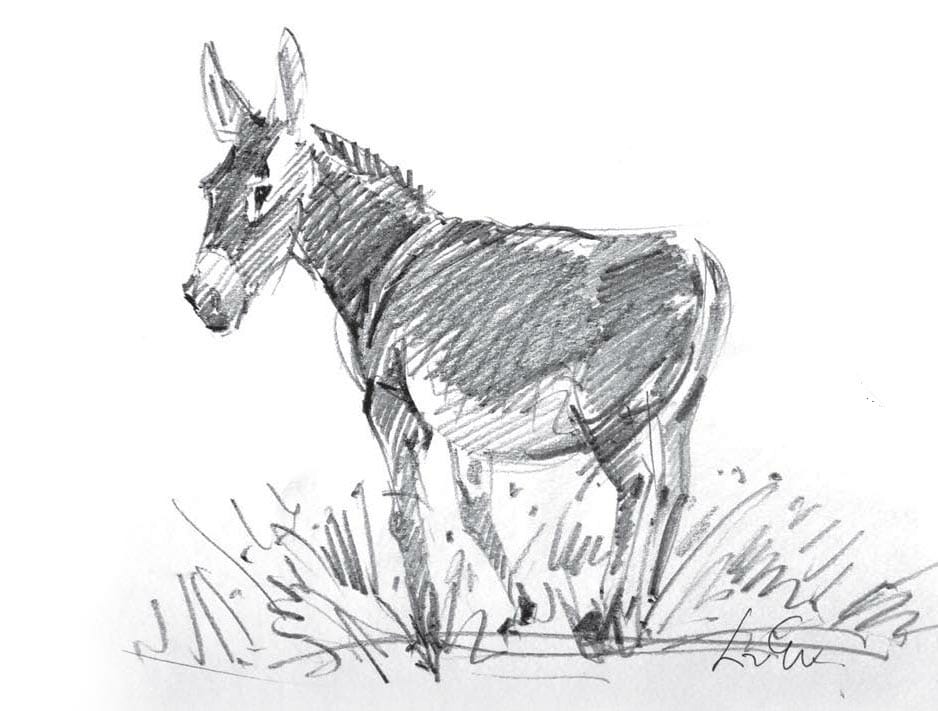
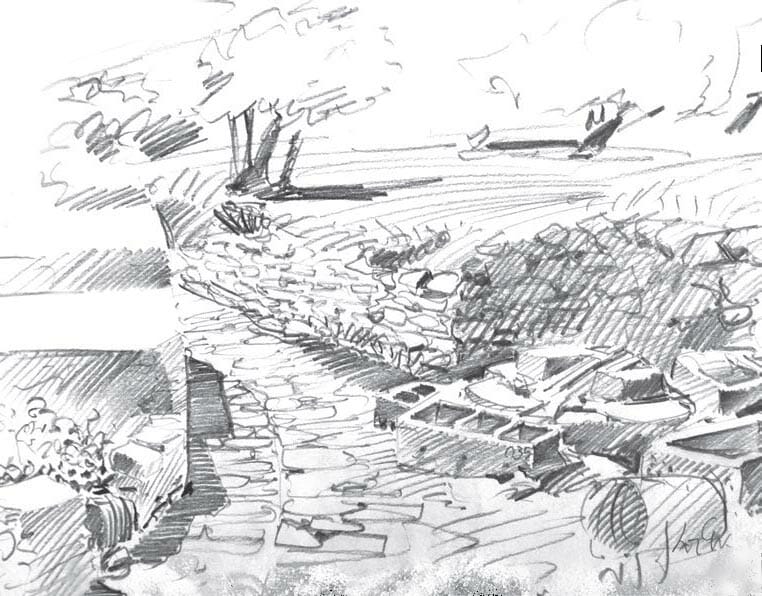
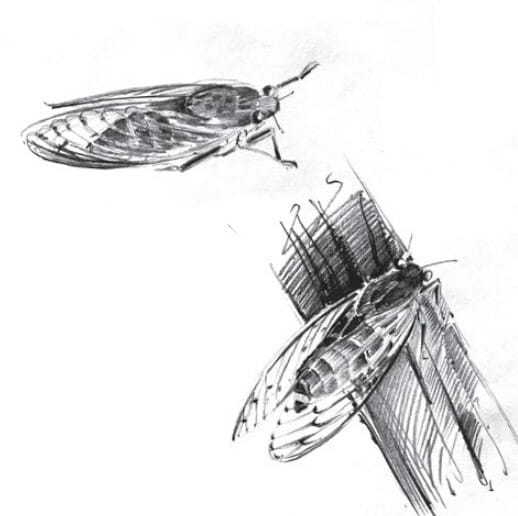
Leave a Reply